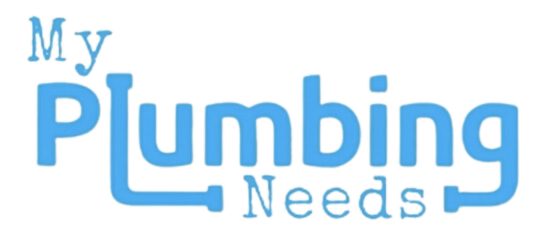Proper plumbing practices are essential for the success and longevity of new construction projects. Here are some best practices to ensure your plumbing system is efficient, reliable, and compliant with regulations.
Plan Thoroughly
Before commencing construction, develop a comprehensive plumbing plan. This should include the layout of pipes, fixtures, and appliances, considering the placement of water supply lines, drainage systems, and vent pipes. Consulting a professional plumber at the planning stage can help avoid costly errors and ensure your design is practical and adheres to local building codes.
Use High-Quality Materials
Invest in high-quality plumbing materials for durability and reliability. Select pipes, fittings, and fixtures made from materials suited to your specific requirements, such as copper, PEX, or PVC. While high-quality materials may have a higher upfront cost, they can prevent future issues and reduce maintenance expenses.
Ensure Proper Pipe Sizing
Correct pipe sizing is essential for efficient water flow and pressure. Undersized pipes can lead to low water pressure, while oversized pipes can result in wasted materials and space. Adhere to industry standards and consult a professional to determine the appropriate pipe sizes for your project.
Install Efficient Fixtures
Opt for water-efficient fixtures and appliances to reduce water usage and utility costs. Look for products with the WaterSense label, indicating they meet efficiency standards. Installing low-flow taps, showerheads, and toilets can significantly reduce water consumption without compromising performance.
Focus on Accessibility
Ensure all plumbing components are accessible for maintenance and repairs. Fit shut-off valves for each fixture and appliance, and label them clearly for easy identification. When planning the layout, consider future maintenance needs, ensuring ample space to access pipes, valves, and fixtures.
Implement Proper Venting
Adequate venting is essential for proper drainage system function. Vent pipes allow air into the plumbing system, preventing airlocks and ensuring smooth drainage. Ensure your venting system is designed and installed in accordance with local building codes and standards.
Test the System
Before finalising the construction, thoroughly test the plumbing system. Conduct pressure tests to check for leaks and verify all connections are secure. Test the drainage system by running water through all fixtures to confirm proper flow and drainage. Identifying and addressing any issues at the testing stage can prevent future problems.
Insulate Pipes
Insulate both hot and cold water pipes to maintain water temperature and prevent heat loss. Insulation also reduces the risk of pipes freezing in cold weather. Insulation is particularly important for pipes in unheated areas, such as basements, lofts, and exterior walls.
Comply with Building Regulations
Ensure your plumbing installation complies with all local building regulations. These codes are designed to ensure plumbing systems are safe and efficient. Non-compliance can result in fines, delays, and costly modifications. Work with a licensed plumber familiar with local regulations to ensure your project meets all requirements.
Document Everything
Maintain detailed records of the plumbing installation, including plans, materials used, and any changes made during construction. This documentation can be invaluable for future maintenance, repairs, or renovations. It also serves as a reference for any disputes or inspections.
By following these best practices, you can ensure your new construction project has a plumbing system that is efficient, reliable, and built to last. Proper planning, quality materials, and adherence to building regulations are key to a successful installation.
Explore more articles on our blog:
- Crafting the ideal bathroom: A guide to perfect layouts
- 10 Essential Plumbing Products Every Homeowner Should Have
- Spring Plumbing Tips
- Top 5 Plumbing Tips Every Homeowner Should Know
- Essential Plumbing Tips for Homeowners: Keep Your Pipes Flowing Smoothly
- Plumbing Essentials: A Comprehensive Guide to Choose the Right Products for Your Home
- 5 Common Plumbing Myths Every Homeowner Should Know
- Essential Plumbing Tools Every Homeowner Should Have
- How to Unclog a Drain Naturally - Tips and Tricks
- The Ultimate Guide to Choosing the Right Water Heater
- Top 10 Plumbing Tips for First-Time Homeowners
- Understanding Different Types of Pipe Materials and Their Uses
- How to Install a New Tap
- Common Plumbing Mistakes to Avoid
- The Benefits of Regular Plumbing Maintenance
- Energy-Efficient Heating Solutions for Your Home
- Smart Home Plumbing: Innovations in the Industry
- How to Choose the Perfect Showerhead for Your Bathroom
- How to Fix a Leaky Tap: A Comprehensive Step-by-Step Guide
- How to Create a Spa-Like Bathroom on a Budget
- How to Install a Bathtub: A Comprehensive DIY Guide
- Autumn Plumbing Maintenance Tips: Preparing for the Colder Months
- Top 5 Plumbing Upgrades to Increase Your Home’s Value
- Understanding Boiler Types and Which One is Right for Your Home
- Understanding Underfloor Heating: Pros, Cons, and Installation Guide
- How to Detect and Fix a Hidden Leak

